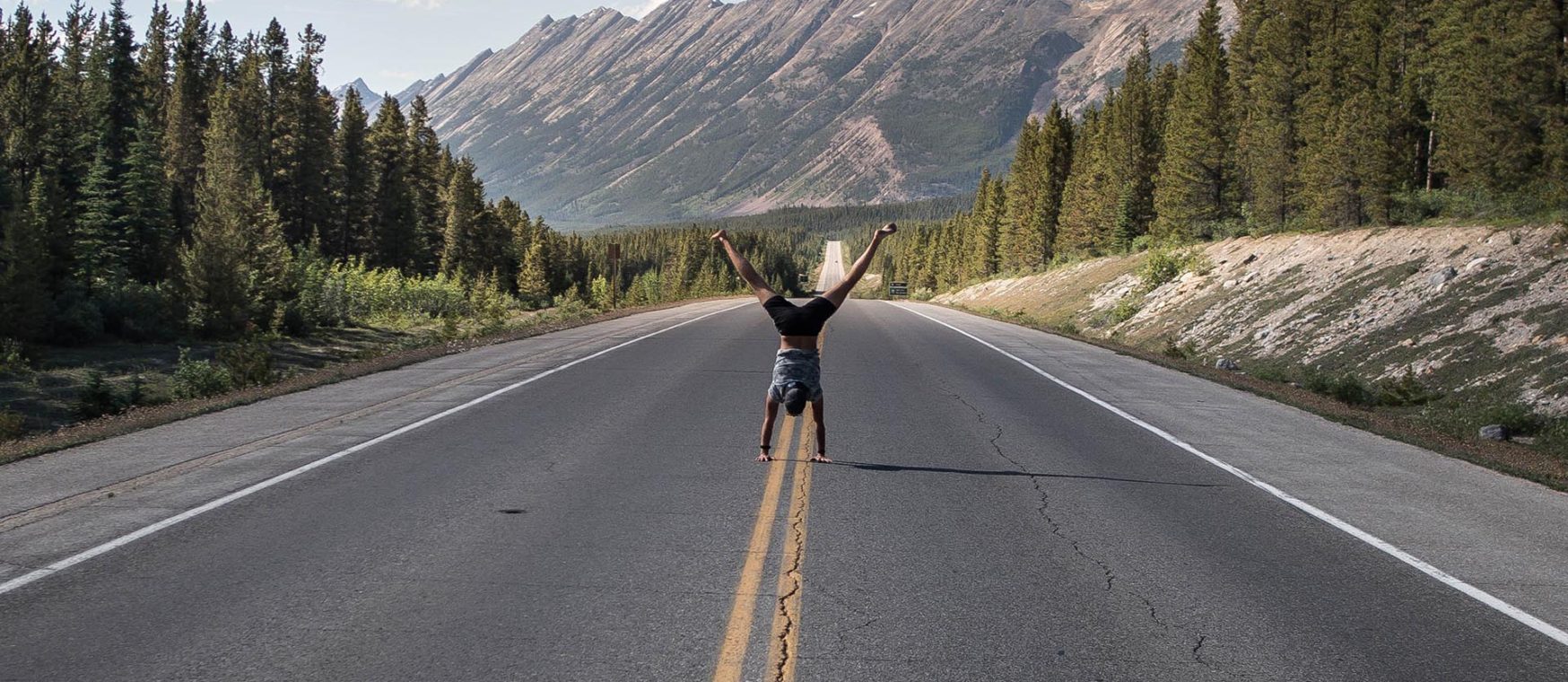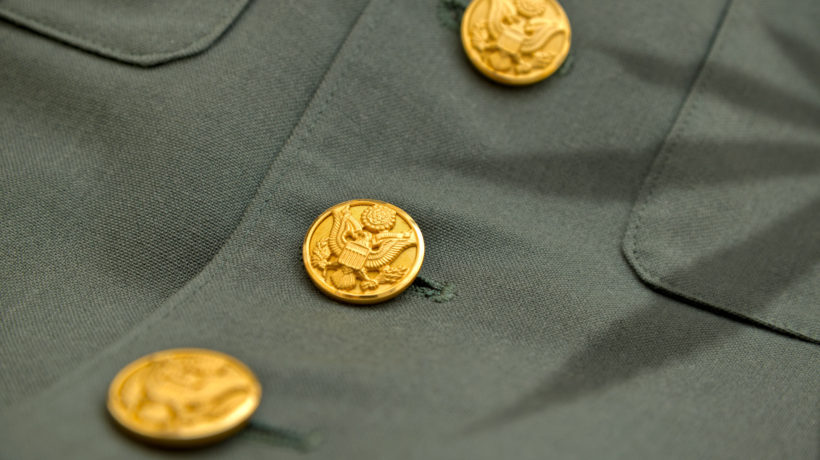The handstand is a skill that can drastically improve strength, balance and posture. It can also open up a new world of movements and exercises in calisthenics, yoga, CrossFit…and maybe even the circus!
Learning to do a handstand is no small feat, especially in the first few weeks. It requires mastery over many muscles throughout your body to accomplish. One of the biggest difficulties is figuring out which body part is causing an issue. This is where cannabis helps the most.
About a year after I joined the gym, I decided to embark on my handstand journey. Although it’s hard to pinpoint the exact moment everything “clicked,” I’ll guess it took me about 8-12 weeks to get a 5-second hold with consistency. A little over a year later, I’m sharing everything I’ve learned throughout my experience.
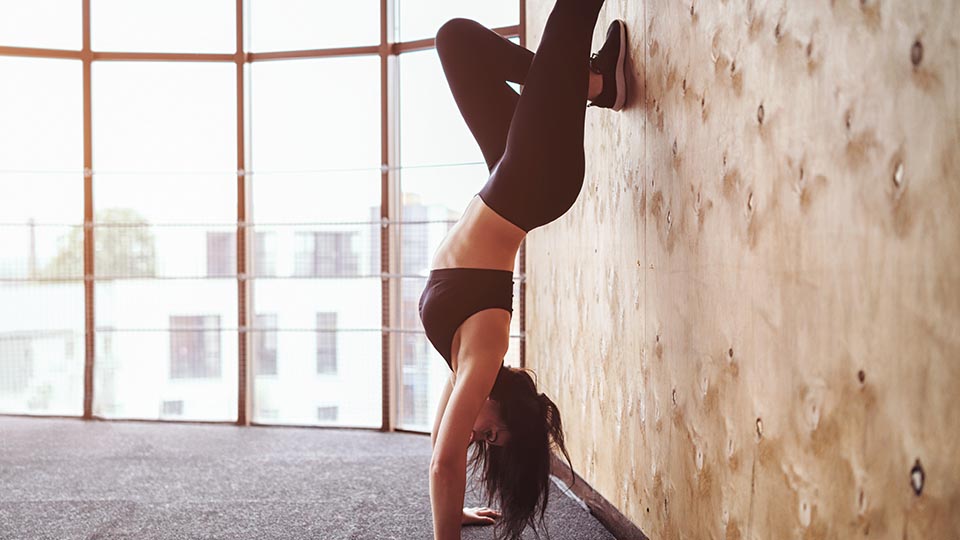
Getting the kick-up
The first step is kicking up. Start in a pushup position. Your hands should be shoulder-width apart, and directly under your shoulders. Now, bend one of your knees so that your foot is under your waist. You should look like a sprinter ready to explode off the starting blocks. Next, use the knee you just moved to kick off of the ground until both feet are over your head. This can be a little scary, so you want to practice against the wall. After that, you should practice the step of “falling.”
Practicing “falling”
To overcome the fear of falling, you need to practice (you don’t actually fall). When you kickup, lean onto your stronger arm and twist your body until your stomach is facing the ground and you have enough leverage to land on your feet. By practicing this, you won’t undershoot your kick-up as often. However, if you overshoot your kick-up, there are some things you want to keep in mind.
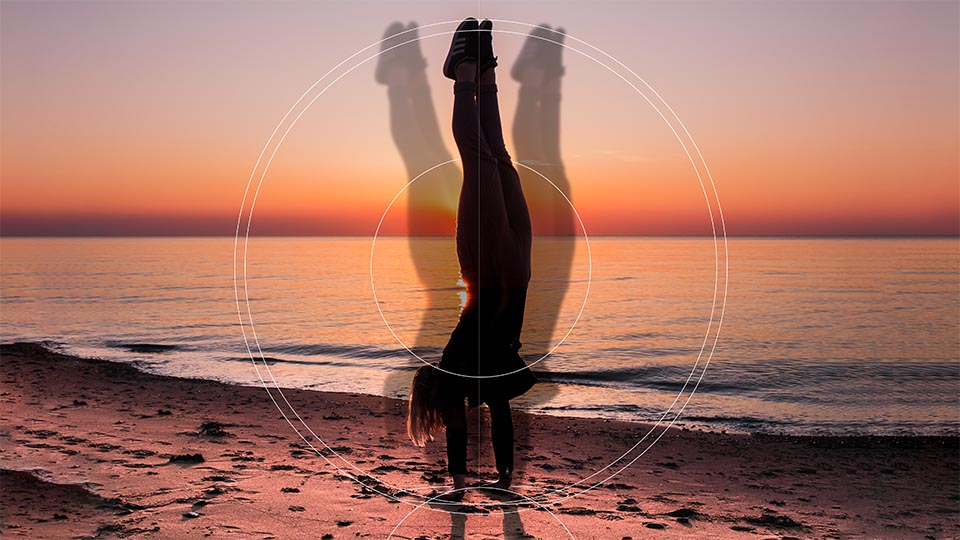
Maintaining balance
Think of your hands like feet. When you lean too far forward on your feet, you press down with your toes to compensate and maintain your balance. So when you’re upside down, and you’re tipping forward, you want to do the same with your fingers.
Before you kick up, curl your fingers slightly against the ground to give them more leverage. Next, kick up against the wall. And press down with your fingertips until your feet leave the wall. When you’re balanced, stop pressing. The key to holding a handstand for a long time is realizing when to press your fingers, and when to relax your fingers.
(When I became more comfortable getting my feet in the air, I used cannabis to help me single out each muscle from fingers to toes. Each one should be as straight and tense as possible.)
Then, you want to push as hard as you can on the floor. It should feel like you’re lifting the entire world up from under you.
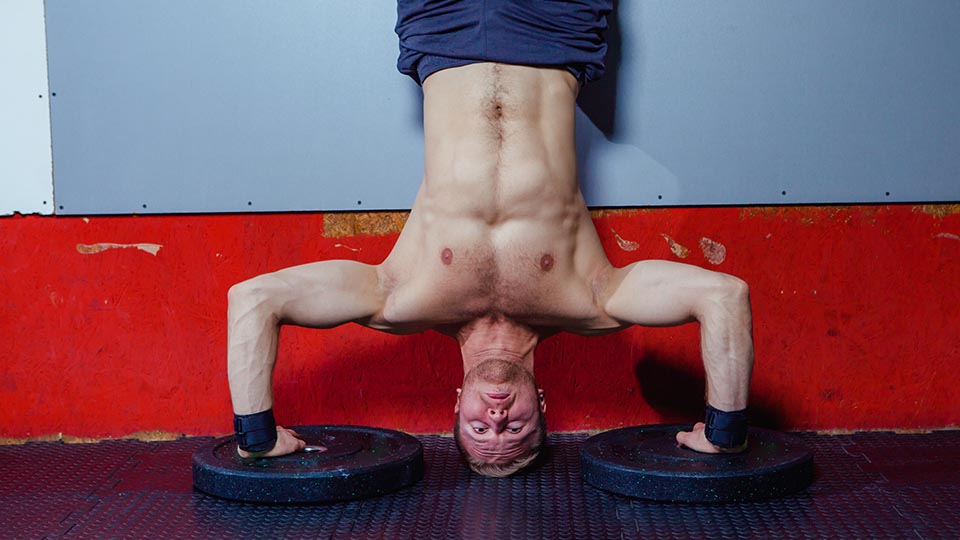
Gaining strength
You need to have a decent amount of strength in your shoulders before learning to do a handstand. At this point in my training, I could do about 10 handstand pushups against the wall for 3-4 sets. If you’re not there yet, don’t worry. A good handstand is still well within reach. Just make sure to add exercises like plank holds, pike holds, push-ups and shoulder raises to your weekly routine.
When I strength train while high, I feel laser-focused on each muscle as they work with one another to create tension and exert force against the ground. My pain tolerance also becomes a lot higher, which helps me gain an extra few reps before failure and several seconds holding the position.
Perfecting positioning
Maintaining good form is vital when it comes to handstands. Otherwise, you’ll “banana out” (your legs fall back over your head) and severely hurt yourself. Or you’ll just have a really not-so-good looking handstand. Which is fine, I guess (if you’re into that kind of thing), but practicing good form is the only way to display true mastery over this skill.
Learning to do a handstand is as much a mental skill as it is a physical skill. You need to train your brain through every step of the movement from kick-up to dismount so it knows which muscles need to be used, and how they need to be used. By consuming cannabis before training, you—like me—may find that you can focus better on each muscle, make corrections in real-time, and train smarter.
